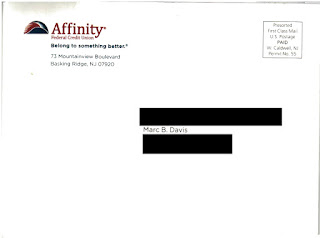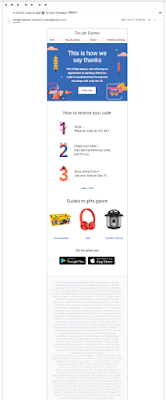The Subject Line reads “Easier Holiday Travel to LGA.” As a
New York City resident, I’m already aware that, with the construction going on at LaGuardia Airport, traffic is so bad at times that people will leave their taxis and walk the last quarter-mile to their terminal. My first thought was that the email will remind me to allow extra
time to get to LGA from anywhere in New York City.
But then I noticed that the Subject Line is not about
traveling from LGA; it is about
traveling to LGA, which implies the
email is about what to do when going to LGA from out of town. That might be
relevant to me if I had a reservation to fly into LGA — perhaps returning home — or
recently flew into LGA on Delta. However, I have not traveled recently on Delta
to or from LGA, nor do I have a future reservation that involves LGA. But I frequently fly Delta to and from JFK International
Airport.
The email itself makes no mention of the specific dynamics
at LGA, such as the long lines in security, crazy traffic, and leaky ceilings. (There is a reason former Vice President Joe Biden said that being in LGA is like a being in “some third-world country.”) The closest
mention of local relevance would be the reminder to arrive two hours before my
domestic flight.
Finally, the subsequent panel refers to JFK International,
not LGA. Given this, my recent travel on Delta and future reservations on the airline — and
the fact that the email refers to domestic travel when all flights out of LGA
are domestic — perhaps the Subject Line was a mismatch.
Lesson:
When
personalizing an email, be sure your personalization is relevant and
appropriate, and all of your content is aligned.















